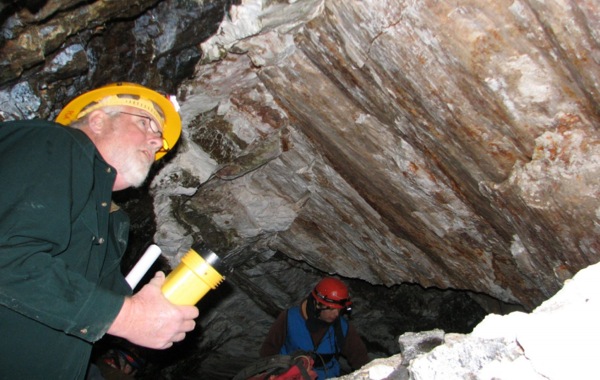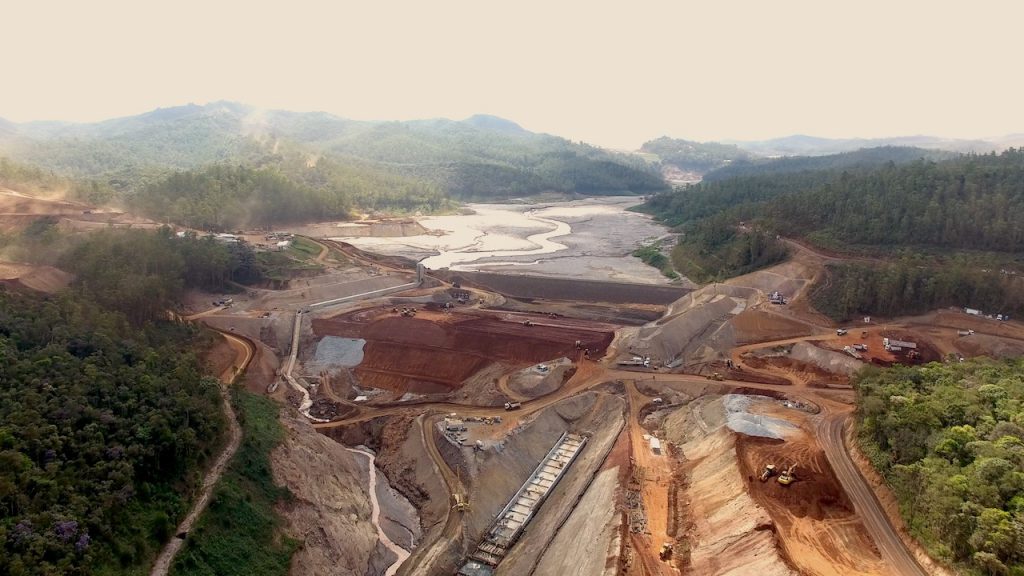Abandoned mine may offer novel solution for global warming
Researchers from Stanford University may have found a way to permanently bury greenhouse gas emissions inside the Earth after having set their lab at an abandoned mine, located about 110 km east of the campus.
The team, which will present its findings this week at the American Geophysical Union (AGU) meeting in San Francisco, worked for two years at Red Mountain mine, which contains some of the world’s largest veins of pure magnesium carbonate, or magnesite. The way this chalky mineral made of carbon dioxide (CO2) and magnesium formed millions of years ago has long been a puzzle.
The Stanford team claims to have found clues that could lead to an innovative technique for converting CO2, a potent greenhouse gas, into solid magnesite.
“Conventional geological storage involves capturing CO2 from industrial smokestacks and injecting it as a fluid into the subsurface,” says Kate Maher, an assistant professor of geological and environmental sciences at Stanford. “But there is concern that the carbon dioxide would eventually leak back into the atmosphere. Our idea is to permanently lock up the CO2 by converting it into a stable mineral.
Over 60% of global CO2 emissions are caused by power plants and other industries, according to the International Energy Agency. Maher explains that sequestering the CO2 in magnesite deposits would prevent the gas from entering the atmosphere and warming the planet.
Magnesite mining
Magnesite was used in the early 20th century for iron smelting and manufacturing cement. The Red Mountain mine operated for about 50 years until the late 1940s.
At the abandoned mine site Maher and her team identified more than 20 large veins of pure magnesite embedded in magnesium-rich ultramafic rock. The biggest vein is about 118 feet (36 meters) wide and 886 feet (270 meters) long.
“To unlock the secrets of these deposits, we needed to find clues about both the mineralization process and the geologic history of the area,” says graduate student Pablo Garcia del Real.
More than 50 other deposits of exceptionally high-grade magnesite are distributed in the California Coast Ranges alone. Sequestering CO2 emissions at these sites could play a significant role in curbing global warming, Maher concludes.
{{ commodity.name }}
{{ post.title }}
{{ post.date }}


5 Comments
David
The issue here is that the entire precept the “science” is based upon is absurd. The forced concept of “greenhouse gases” and that CO2 and the miniscule proportion that human society can contribute to the atmosphere is actually causing any climate change more than natural processes can is the ongoing scam of the century.
Guest
Ya because burning millions of tons of CO2 every year can’t possibly have any effect on the environment. Those pictures of smog in Shanghai are all a joke too, who needs clean air and water anyways?
notrich
I think co2 ought to sequestered in beer. is magnesite mined for magnesium? if magnesite already has co in it; then how is it going to load up more?
ElNino
Sounds like ANOTHER academic hitching his wagon to the man-made global warming scam “research” cash cow i.e. support MMGW theory and get cash !
Wrzlpfrmpft
Magnesite can’t load up more CO2. I think they want to convert the Mg-rich minerals of the ultramafic rocks into magnesite. Ultramafic rocks can react to carbonates due to alteration processes.